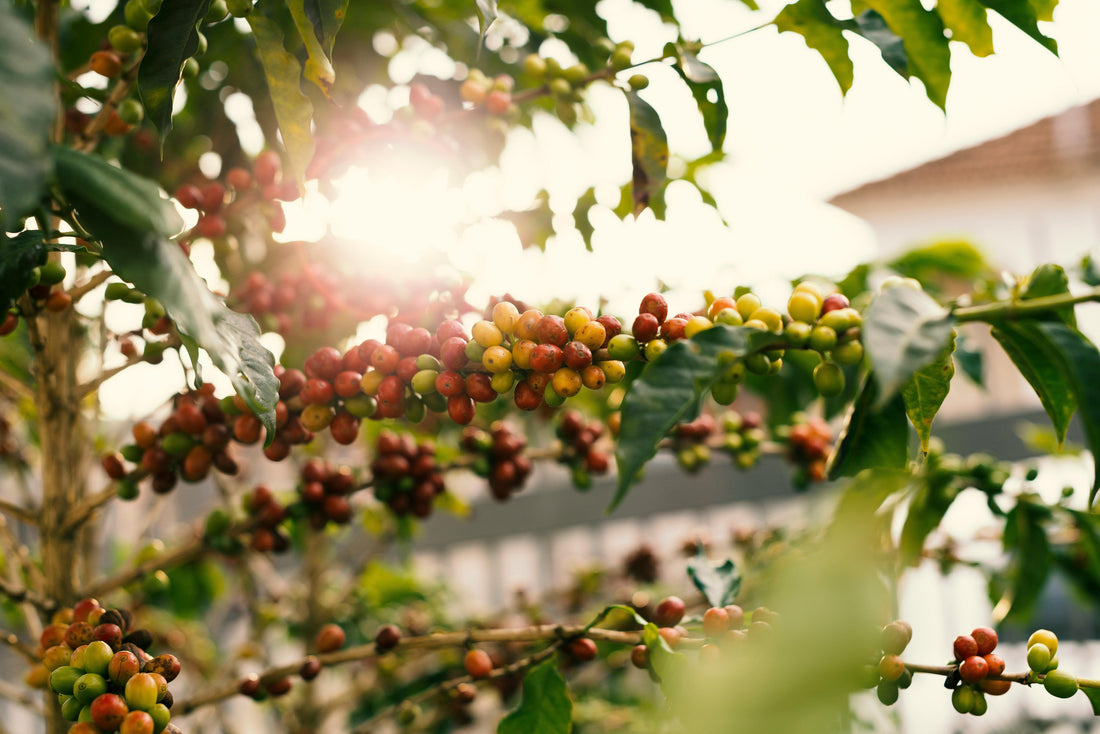
Caturra coffee from Latin America
Unlock Exceptional Flavor with Caturra Coffee Beans from Latin America!
Caturra was first discovered in Brazil where it has been cultivated commercially since 1937, first in Minas Gerais, Brazil and later throughout Latin America. Caturra is a mutation of bourbon, and it has the ability to produce good quality with high production volumes. In order to maintain the production efficiency, the trees must be continually fertilized and pruned. The trees are relatively short with a thick vertical stem and many secondary branches. The leaves show many similarities with the bourbon leaves.
The cup characteristics of caturra include well-pronounced acidity with often citric or lemony flavor notes, especially at higher elevations. Caturra is not always as sweet as typica or bourbon, but this can vary with the frequency and intensity of fertilization applications. The beans can show a neat, dense complexity with a centercut that seems to be embedded more into the inner layers of the bean. This complexity is due to the unique combination of factors such as soil type, climate, and processing methods.
One of the key benefits of caturra is its ability to thrive in regions with lower altitudes and higher temperatures, making it an attractive option for coffee farmers in areas where other varieties may not be suitable. Additionally, caturra is more resistant to pests and diseases than some other varieties, which can reduce the need for pesticides and other chemicals.
Despite its many advantages, caturra is often criticized for its lack of distinct flavor profile compared to other varieties such as typica or gesha. However, many coffee connoisseurs argue that caturra's unique flavor profile is actually one of its greatest strengths, offering a bright acidity and a clean, snappy finish that makes it an excellent choice for espresso blends.
Overall, caturra is a versatile and resilient variety that has become a staple in many coffee-growing regions around the world. Its ability to thrive in a variety of conditions and its consistent production yields make it an attractive option for coffee farmers and roasters alike.
